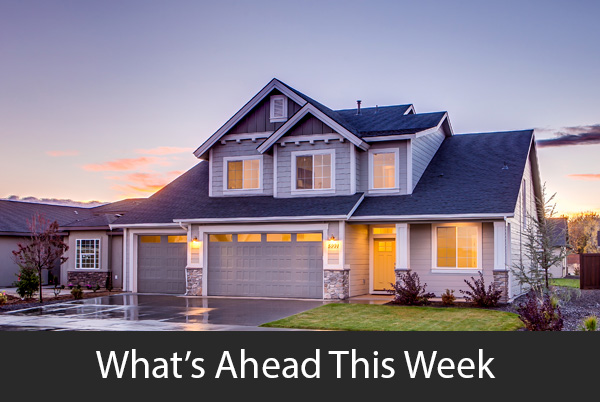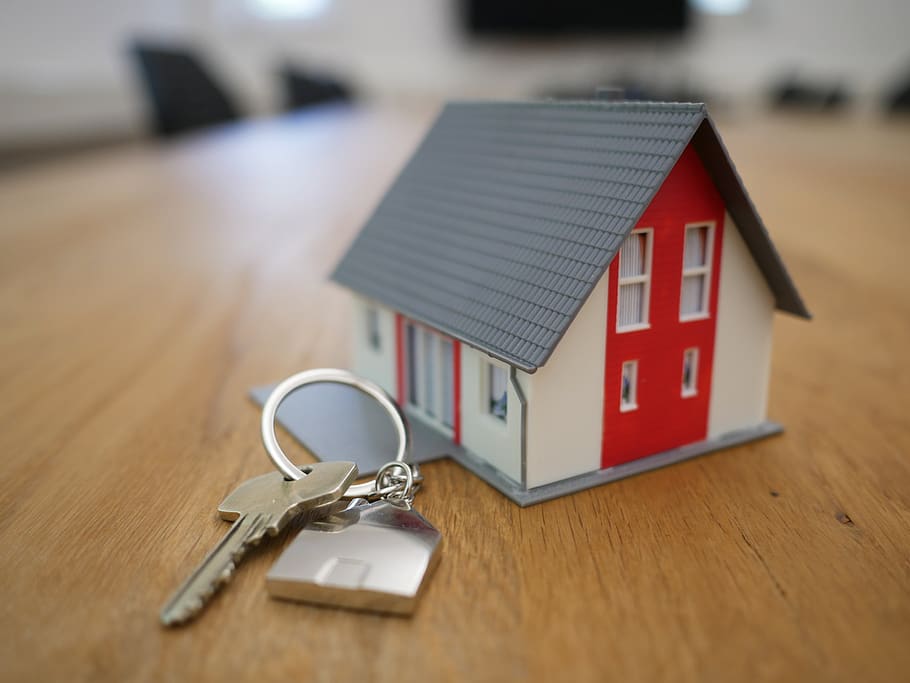Last week’s scheduled economic news included readings on inflation and retail sales. Weekly reports on mortgage
rates and new and continuing jobless claims were also released. In other news, the FHFA announced an increase in
fees charged by Fannie Mae and Freddie Mac for home loan refinance transactions.
Inflation Readings Mixed as Retail Sales Fall
Consumer prices rose by 0.60 percent in July and matched June’s reading. Analysts expected a July reading of 0.40
percent growth. The Core Consumer Price Index, which excludes volatile food and energy sectors, rose by 0.60
percent in July and exceeded June’s reading of 0.20 percent and July’s expected reading of 0.20 percent price
growth.
Retail sales dropped to 1,20 percent growth in July as compared to June’s reading of 8.40 percent growth. July’s
retail sales reading fell short of the expected rate of 2.00 percent. Retail sales excluding the automotive sector rose
by 1.90 percent in July as compared to June’s retail sales growth rate of 8.30 percent Declining retail sales were
likely caused by a resurgence in Covid-19 cases in some areas.
State and local guidance on retail re-openings varied and likely impacted retail sales according to how Covid-19
regulations were interpreted and enforced. The federal government failed to enact a second round of stimulus
payments that would have provided Americans with extra cash for purchasing retail goods and services.
Mortgage Rates Rise as Jobless Claims Fall
Freddie Mac reported higher average mortgage rates last week; rates for 30-year fixed-rate mortgages rose by eight
basis points to 2.96 percent on average. Rates for 15-year fixed-rate mortgages rose by two basis points to 2.46
percent. The average rate for 5/1 adjustable rate mortgages was unchanged at 2.90 percent. Discount points averaged
0.80 percent for fixed-rate mortgages and 0.40 percent for 5/1 adjustable rate mortgages.
First-time jobless claims fell to 963,000 claims as compared to the prior week’s reading of 1.19 million new claims
filed and expectations of 1.08 million initial claims filed Continuing jobless claims were also lower than for the
previous week. 15.50 million ongoing jobless claims were filed last week as compared to 16.10 million claims filed
during the prior week. Falling jobless claims numbers could reflect the re-openings of business and rehiring of
employees. This progress could be short-lived as Covid-19 cases increased last week in some states where re-
opening may have been done too soon.
What’s Ahead
This week’s scheduled economic news includes readings from the National Association of Home Builders on
housing market trends, and Commerce Department reports on housing starts and building permits issued. Weekly
reports on mortgage rates and jobless claims will also be released.
 Last week’s scheduled economic news included readings on inflation and retail sales. Weekly reports on mortgage rates and new and continuing jobless claims were also released. In other news, the FHFA announced an increase in fees charged by Fannie Mae and Freddie Mac for home loan refinance transactions.
Last week’s scheduled economic news included readings on inflation and retail sales. Weekly reports on mortgage rates and new and continuing jobless claims were also released. In other news, the FHFA announced an increase in fees charged by Fannie Mae and Freddie Mac for home loan refinance transactions.
Inflation Readings Mixed as Retail Sales Fall
Consumer prices rose by 0.60 percent in July and matched June’s reading. Analysts expected a July reading of 0.40 percent growth. The Core Consumer Price Index, which excludes volatile food and energy sectors, rose by 0.60 percent in July and exceeded June’s reading of 0.20 percent and July’s expected reading of 0.20 percent price growth.
Retail sales dropped to 1,20 percent growth in July as compared to June’s reading of 8.40 percent growth. July’s retail sales reading fell short of the expected rate of 2.00 percent. Retail sales excluding the automotive sector rose by 1.90 percent in July as compared to June’s retail sales growth rate of 8.30 percent Declining retail sales were likely caused by a resurgence in Covid-19 cases in some areas.
State and local guidance on retail re-openings varied and likely impacted retail sales according to how Covid-19 regulations were interpreted and enforced. The federal government failed to enact a second round of stimulus payments that would have provided Americans with extra cash for purchasing retail goods and services.
Mortgage Rates Rise as Jobless Claims Fall
Freddie Mac reported higher average mortgage rates last week; rates for 30-year fixed-rate mortgages rose by eight basis points to 2.96 percent on average. Rates for 15-year fixed-rate mortgages rose by two basis points to 2.46 percent. The average rate for 5/1 adjustable rate mortgages was unchanged at 2.90 percent. Discount points averaged 0.80 percent for fixed-rate mortgages and 0.40 percent for 5/1 adjustable rate mortgages.
First-time jobless claims fell to 963,000 claims as compared to the prior week’s reading of 1.19 million new claims filed and expectations of 1.08 million initial claims filed Continuing jobless claims were also lower than for the previous week. 15.50 million ongoing jobless claims were filed last week as compared to 16.10 million claims filed during the prior week. Falling jobless claims numbers could reflect the re-openings of business and rehiring of employees. This progress could be short-lived as Covid-19 cases increased last week in some states where re-opening may have been done too soon.
What’s Ahead
This week’s scheduled economic news includes readings from the National Association of Home Builders on housing market trends, and Commerce Department reports on housing starts and building permits issued. Weekly reports on mortgage rates and jobless claims will also be released.
 Before approving a mortgage, your lender is going to have to do his due diligence to ensure that you can afford a loan large enough to pay for a house. That means your lender will be asking you several questions about whether or not you can afford a mortgage.
Before approving a mortgage, your lender is going to have to do his due diligence to ensure that you can afford a loan large enough to pay for a house. That means your lender will be asking you several questions about whether or not you can afford a mortgage. While businesses have fallen on hard times during the past few months, there are signs that the economy is going to start to recover quickly. This could mean that homebuyers are entering the market again as well.
While businesses have fallen on hard times during the past few months, there are signs that the economy is going to start to recover quickly. This could mean that homebuyers are entering the market again as well. Last week’s scheduled economic news included readings on inflation and retail sales. Weekly reports on mortgage rates and new and continuing jobless claims were also released. In other news, the FHFA announced an increase in fees charged by Fannie Mae and Freddie Mac for home loan refinance transactions.
Last week’s scheduled economic news included readings on inflation and retail sales. Weekly reports on mortgage rates and new and continuing jobless claims were also released. In other news, the FHFA announced an increase in fees charged by Fannie Mae and Freddie Mac for home loan refinance transactions.